
Last year, we spent 140% more than the year before. Yes, you saw that right. We spent more than double what we spent in 2020.
Most notably, we feel great about it.
Why?
Because it was intentional. We made intentional decisions to spend money on things we value.
We rented a campervan for a 10-day trip around New Hampshire and Maine. Renting the campervan felt quite expensive. We even had a moment where we thought, “Maybe we should just do a road trip in our car. That’ll be less expensive…”
But, we decided to invest the money into this experience for two reasons. First, we had the money and feel good about our financial trajectory. Second, we wanted to experiment with vanlife to see if we wanted to do it in the future.
I’m so glad we took the trip. We originally thought we might buy a campervan or RV in 2023 or 2024. But, we ended up loving the trip so much that we decided to move that timeline up and buy the van this year! We’re still waiting on it to arrive from the factory. It should arrive over the next few weeks, and we’ve already hired a van builder who will start the build in February. We also started purchasing a lot of the supplies for the build.
Another big thing I decided to invest in this year was my health. In the past, I’ve only invested in the things that insurance would cover. Last year, I decided that it was worth spending money to feel good and help alleviate chronic pain. And, I would spend money even if the services I wanted were not covered by insurance. In 2021, I invested in nutrition coaching (for some GI issues), acupuncture (for TMJ), and specialized physical therapy (for my chronic foot pain). None of these were covered by insurance, but they have been totally worth the money. I’m starting to make real progress!

In the fall, we took an epic trip to Napa with our best friends for their wedding. We spent a full week there before the wedding. We visited wineries, ate great food, spent time with our friends, and enjoyed the wedding. It was a once-in-a-lifetime experience, especially since many of our friends will start having kids within the next few years.
Lastly, we increased our restaurant spending in 2021. A big part of this was that we received stimulus checks. We wanted to invest the money back into our community and support local businesses that were hit hard by the pandemic. We also wanted to enjoy some fantastic food!
What Intentional Spending ACTUALLY Means
I used to think that intentional spending meant that I could only spend on needs, not on wants.
Over the last few years, I’ve come to realize that this isn’t the right way to define it.
In 2019, I attended a conference and heard Ramit Sethi speak. If you don’t know Ramit, I’ll say one thing, he is all about intentional spending.
He is well-known for this statement, “Spend extravagantly on the things you love, and cut costs mercilessly on the things you don’t.”
At the conference, he asked the audience to think about something that we truly loved. Then, he asked us to imagine what it would look like if we 10x-ed our spending on that particular thing.
This was a totally new idea for me. I’m adventurous, and I love to travel. But… I thought being intentional meant that I used travel rewards and took cheap vacations.
At the time, I had a hard time envisioning how I could ever spend ten times as much on travel, but it was something that has stayed on my mind since then.
This speech changed the way that I think about intentional spending.
According to Ramit, spending money intentionally means that you are clear about your values and you align your spending to those values. If you truly value something, being intentional could mean that you choose to spend extravagantly.
But… in the famous words of Paula Pant, “You can afford anything but not everything.”
Life (and finances) always have trade-offs. This is why it’s also important to determine what you don’t value so you can “mercilessly cut costs” on those items.
Ramit calls these money dials. Depending on what you value, you get to choose which money dials your turn up and which ones you turn down.
Ramit has a list of 10 money dials. I like to think of them as values. Once I define my values, I get to decide what intentional spending means for me.
Here is the list of the money dials/values from Ramit:
- Convenience
- Travel
- Health
- Experiences
- Freedom
- Relationships
- Generosity
- Luxury
- Social Status
- Self-Improvement
You can define these however you want to. And, you can add other things to this list as well. I’m sure it’s not exhaustive.
Intentional spending means that I know what’s most important to me, and I spend my money in alignment with my values. I’d also extend this definition to include time because we “pay” our time to get money. So, being intentional also means that I could spend less money so that I can “pay” less of my time to get more of it.
What I Value Most (and Least)
If you want to be intentional, you need to decide what you value most.
The things I value most are:
- Freedom
- Health
- Travel/Experiences
- Relationships
These are the places where I want to focus my time and spending. In other words, I can intentionally turn my money dials up.
To spend intentionally on what I value, I also need to mercilessly cut costs on the things I don’t. The money dials I choose to dial down include:
- Convenience
- Luxury
- Social Status
Our Values (and Our Spending) Have Shifted Over Time
Our values and priorities have shifted over time, and so has our spending.
Freedom used to be our top priority. Now, it is one of many. Early on, this was the result of making low incomes and needing to make ends meet in a high cost of living area. Spending within our means was our top priority.
Once we increased our income, we decided to turn up our spending on convenience (at least a little bit). Having an apartment that had both laundry and a dishwasher was game-changing! We saved so much time.
Once we made these few changes, the value of freedom again became paramount.
When I say freedom, at the time, I meant future freedom. Because of this, we kept on saving as much as possible until it ruined my mental health. I valued my future freedom above my health (and basically everything else), and that needed to change.
Now, I see freedom differently and do a better job balancing it with other important priorities.
I no longer look at freedom as future freedom only. I also think about it as current freedom. What will enable me to feel free?
- Having more free time to focus on things that I love to do (and spending less time doing activities for the sole purpose of generating income)
- Having the ability to travel, explore new places, and experience new things
- Having a strong, healthy, and pain-free body that allows me to fully experience the world around me
- Having strong relationships
What good is striving for future freedom if I don’t have these things?
Because I know what I value most, I’m willing to make trade-offs in convenience, luxury, and social status. I’m happy living in my 1,000 square-foot condo, being a 1-car family, reducing spending on consumer goods, and embracing minimalism.
Turning these money dials down allows us to work less (freedom) and spend money on the things we value (travel, relationships, health) without jeopardizing our traditional retirement.
I obviously still value freedom, but I’ve gotten to a place where I can focus on utilizing it rather than prioritizing it above all else.
How to Spend Your Money Intentionally
Intentional spending will look different to each person. For me, it’s buying a campervan, taking a trip to Napa, and investing in my health. For you, it’ll be something different!
I recently asked a question in the Slow FI Enthusiasts Facebook Group and got a myriad of answers!
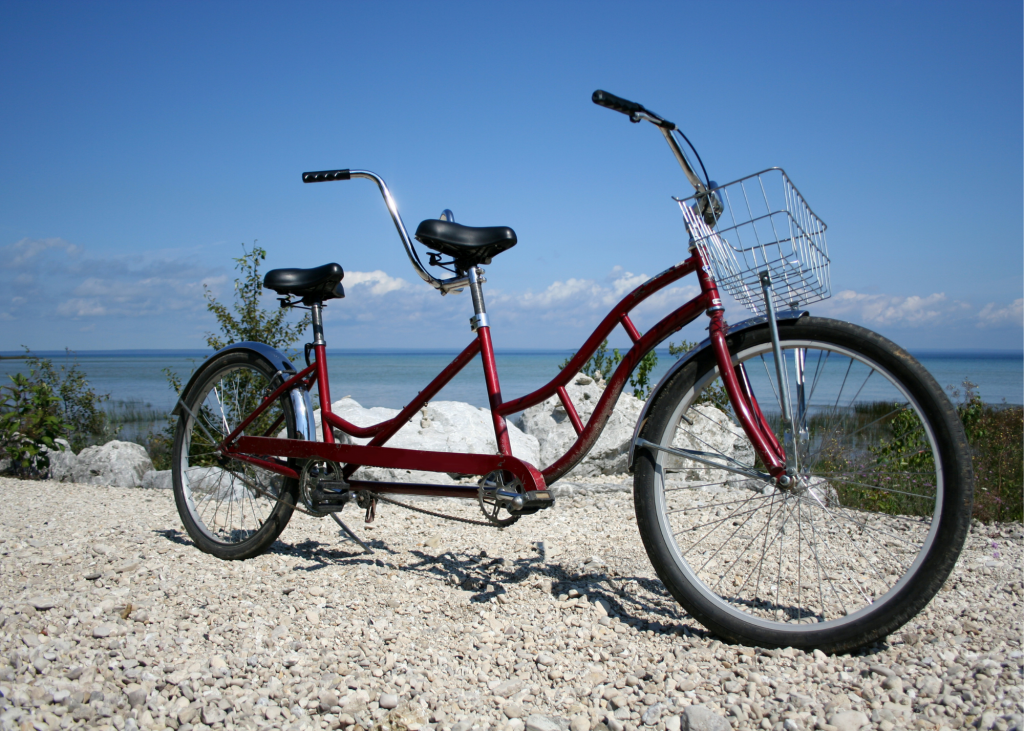
Charles loves spending money on bicycles. He shared a photo of himself with his daughter and a tandem bike. He and his daughter love taking bike trips. They’ve biked across Korea, along the Danube, and more. This allows him to slow travel, have a lower environmental impact, and spend time with his daughter!

Jeff loves spending money on his dog! He shared that his dog has helped him to dramatically improve his mental health, and he wants to make sure she knows how much she’s appreciated.
Carrie shared that she loves paying for a cleaning lady to come and deep clean her house on a monthly basis. This provides her with more free time to explore the things that bring her joy.
Emily shared that she recently loved buying a stove for a family member. Because of health issues, this family member’s savings were wiped out, and then, her stove broke. Emily is so glad to be in a position where she can be generous and take care of the people she loves.
Determine What You Value Most
Everyone has slightly different values, so the first step is to determine what you value most.
These questions might be helpful:
- What do I truly love to do?
- What do I feel is missing in my life? What do I want more of?
- What do I want to be known for? Or, how do I want to be remembered?
The answers to these questions will point toward your values. Often, if something feels like it’s missing, that’s an indicator that you want to prioritize something (at least for a while). That means you value it!
For example, I was frustrated because I couldn’t walk more than one mile at a time because of chronic foot pain. I was missing out on hiking, taking long walks, and traveling without figuring out how to take into account my mobility issues. This was a sign for me that I wanted to prioritize my health more. While I may never be fully pain-free, I’ve invested time and money into feeling better which is helping significantly.
Additionally, as I was creating my vision for 2022, I was reflecting on what I wanted my legacy to be. What do I want to be known for? I realized that I wanted to be known as someone who loves my life and inspires others to do the same. To do this, I need to invest both time and money into doing things I love to do.
Assess Your Current Spending
Once you understand your values, it’s important to assess your current spending. Does the way you are currently spending your money align with your stated values?
When we did this exercise in 2018, we realized that we were spending way more than we wanted to be on food. We ate out frequently. We were exhausted, so we’d order takeout or buy pre-made meals from the grocery store.
We were inadvertently prioritizing convenience, even though this wasn’t one of our stated values. Yes, we wanted more time. But, this isn’t the way we wanted to go about getting more time.
We knew that spending more on convenience meant that we would need to work more to cover our lifestyle. Because I hated my work at the time, it wasn’t worth it.
Instead, I reduced the amount of time that I worked. As a result, we spent less because we didn’t need to spend on convenience. This turned into a virtuous cycle where spending less meant we could work less, which gave us more time to be intentional.
You also may realize that there are things that you value, but you aren’t spending money on them! This is exactly where we used to be. We said that we valued travel and exploration, but our spending (of both time and money) didn’t align with this.
Decide How You Want to Shift Your Money Dials
Once you know what you value and know how you are currently spending your money, you can decide to make intentional changes. Are there certain money dials that you want to turn up? Others that you want to turn down?
Sometimes, you can make a simple change to spend more or less in a particular category.
Other times, the reasons for our spending run deeper, and we need to untangle those.
Let’s talk about our example of spending too much on food in 2018. I was spending money on things I didn’t value (convenience, consumer goods, etc.) as a coping mechanism to manage stress, anxiety, and a job I hated.
So, I didn’t just try to white-knuckle it and reduce my spending in those areas. It was important to figure out how to address the underlying challenge that contributed to those spending triggers in the first place. When I quit the job (and went back to work part-time), I reduced the spending triggers. I was able to decrease my spending on convenience without feeling deprived.
I would encourage you to look at the underlying causes as well. Consider why you are spending money in an area that you say you don’t value. Then, you can determine the types of changes that will help you align your life with your values.
Lastly, make sure you are prioritizing money in your budget for things that you actually value! Do you want to travel more? Buy a new bike? Live in a better location? Give more money to causes you care about? Improve your health?
If so, make sure you have some money set aside for those things!
What do you want to spend MORE on in 2022 because it aligns with your values?


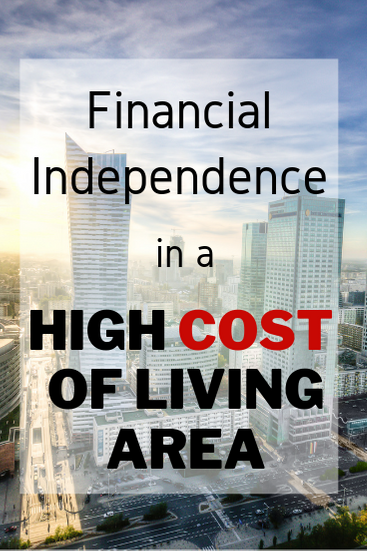
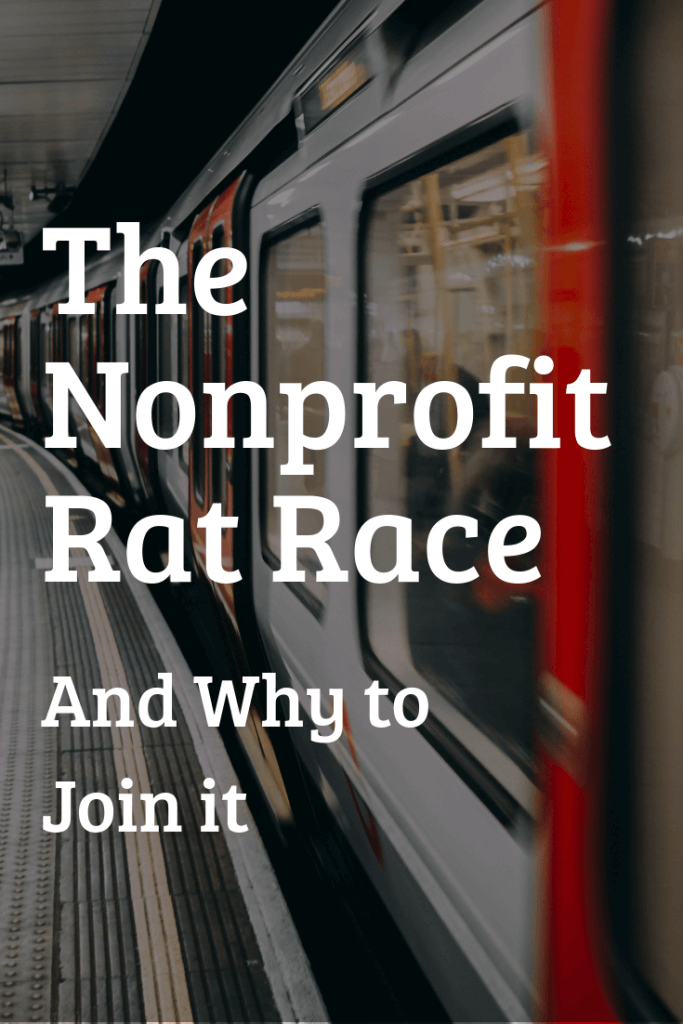

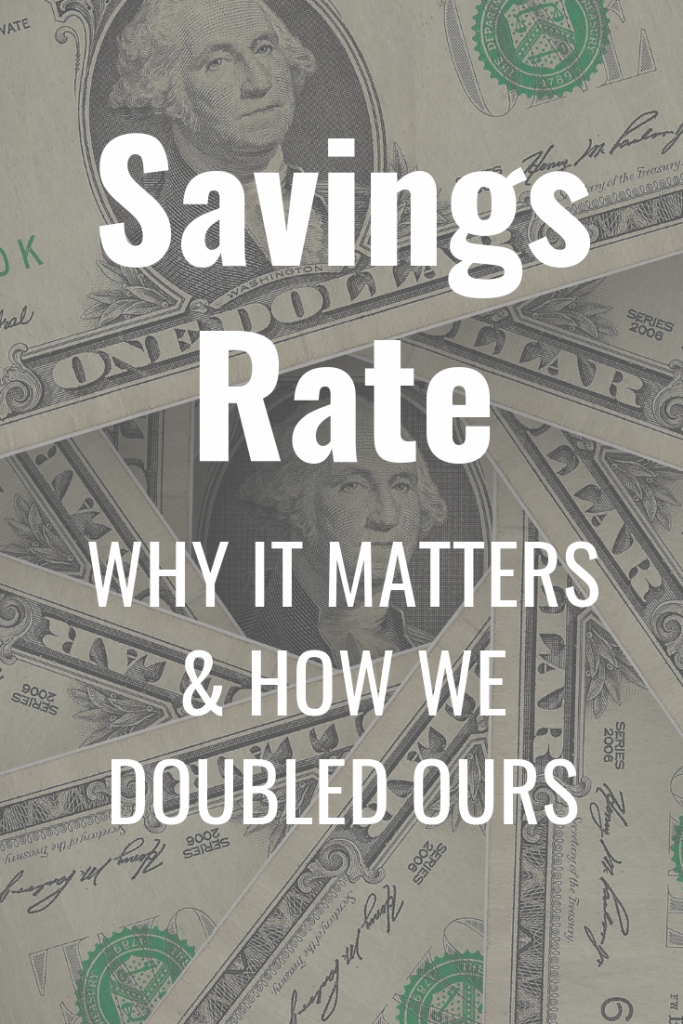
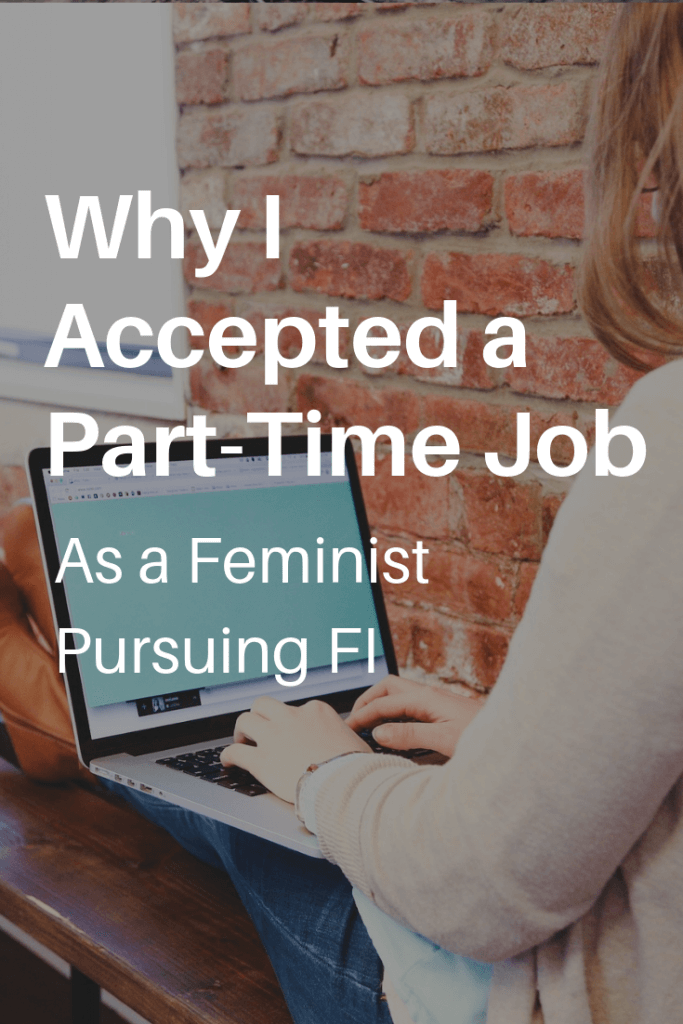
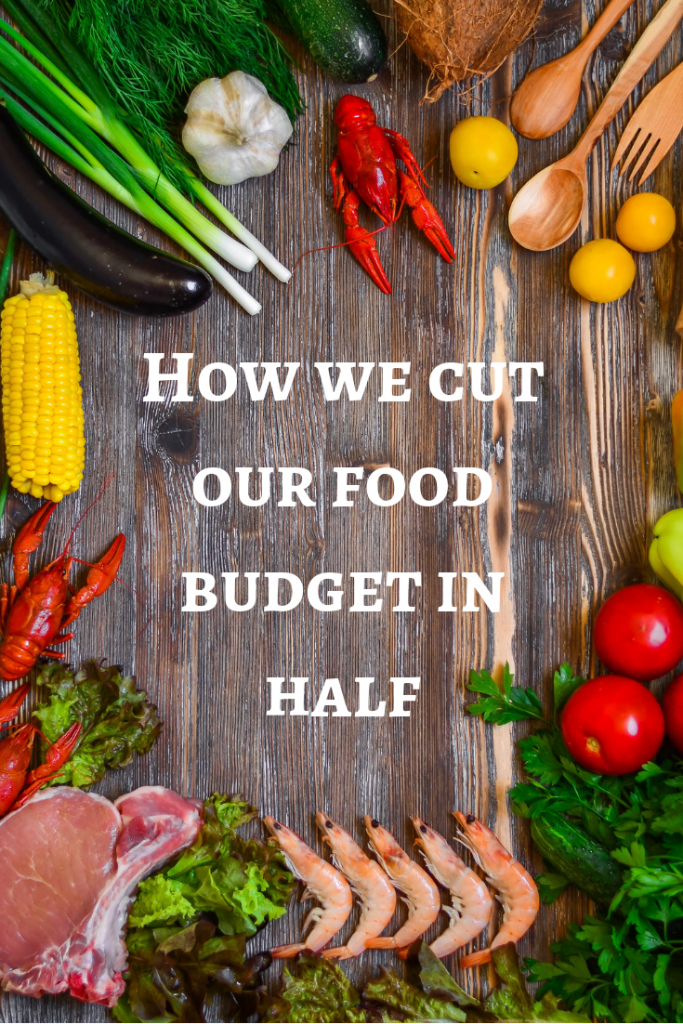


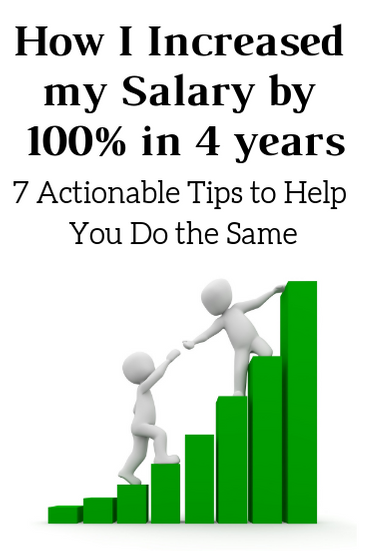
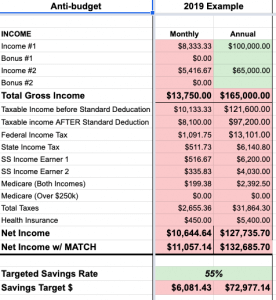

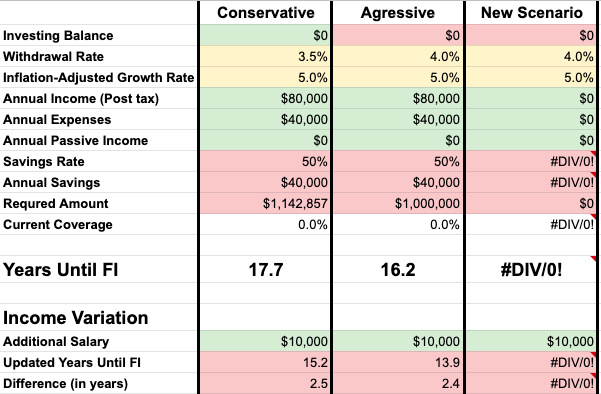
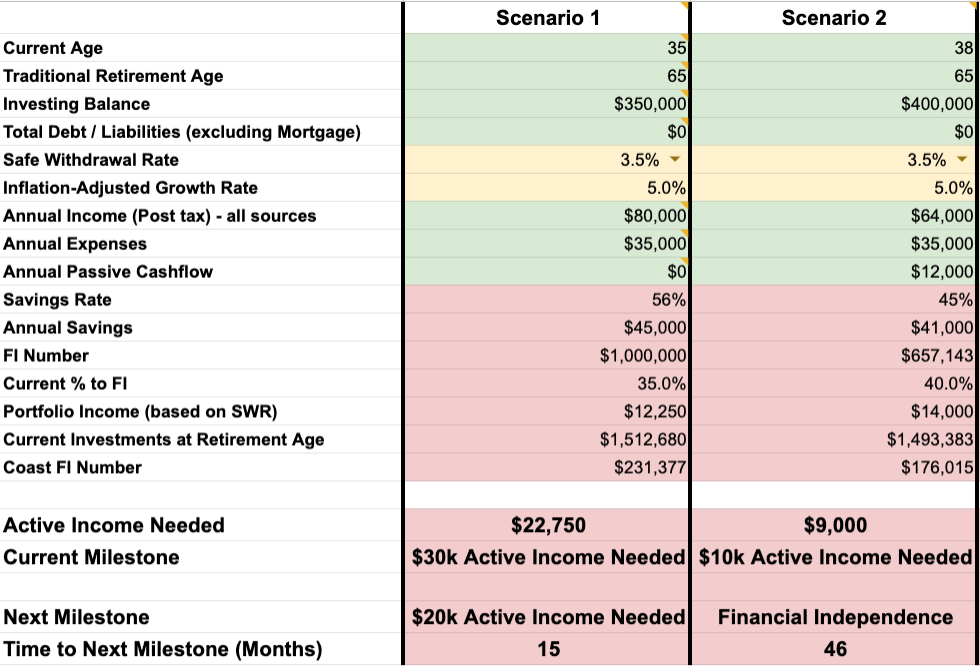
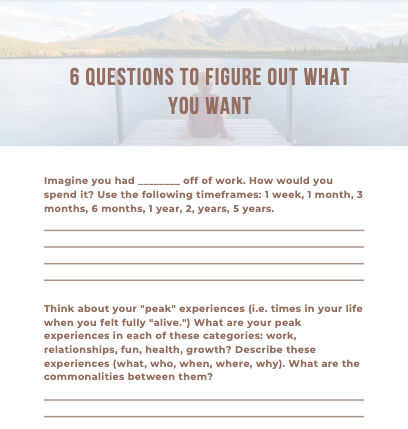
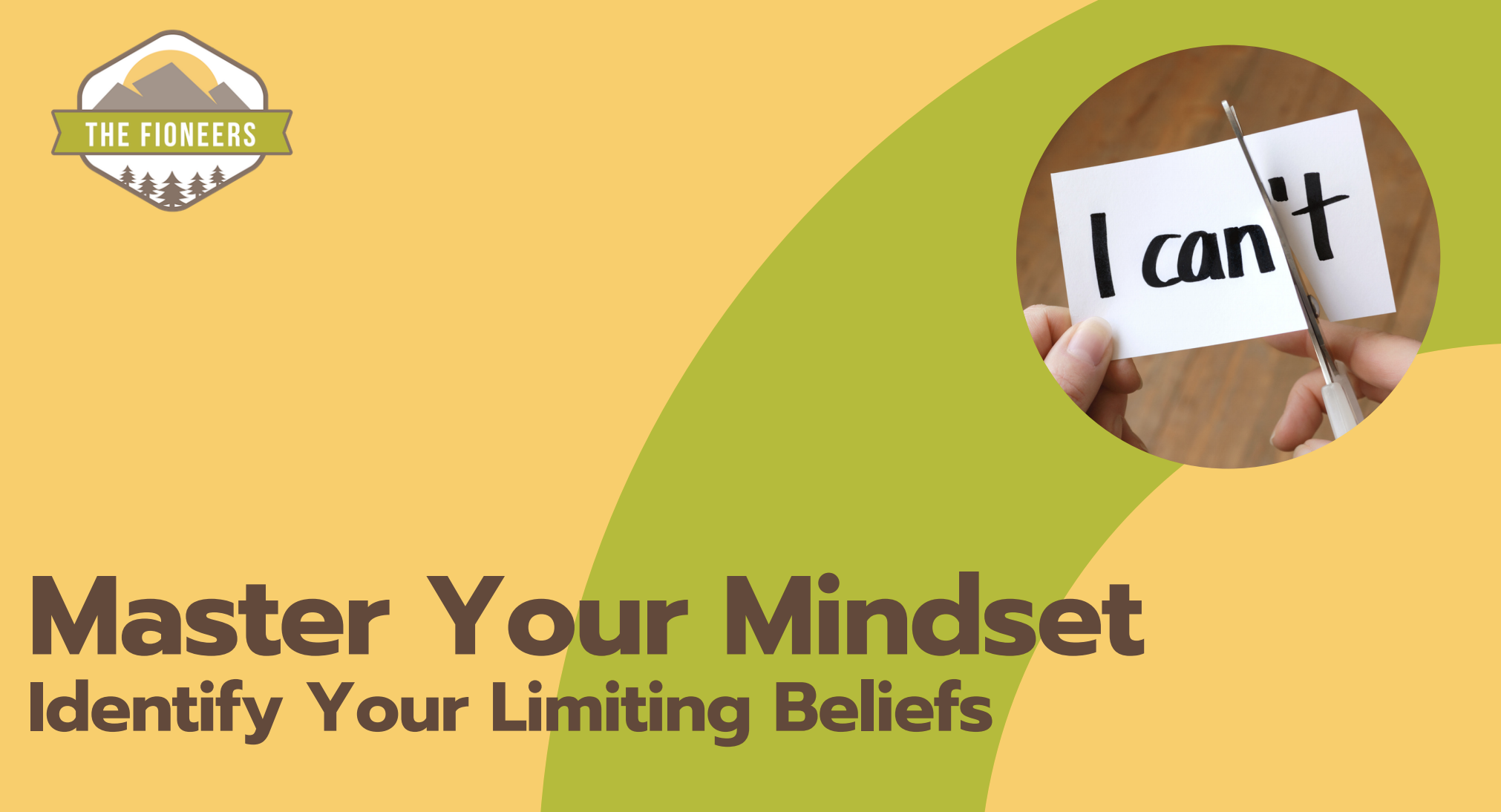
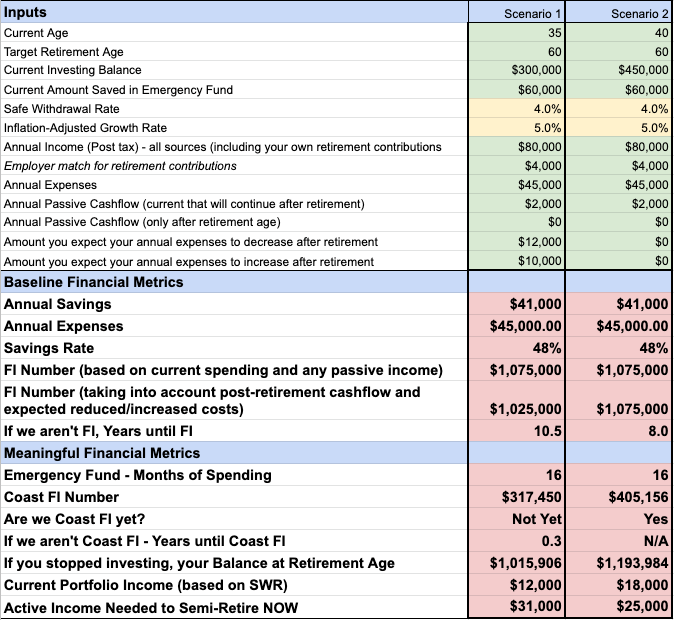
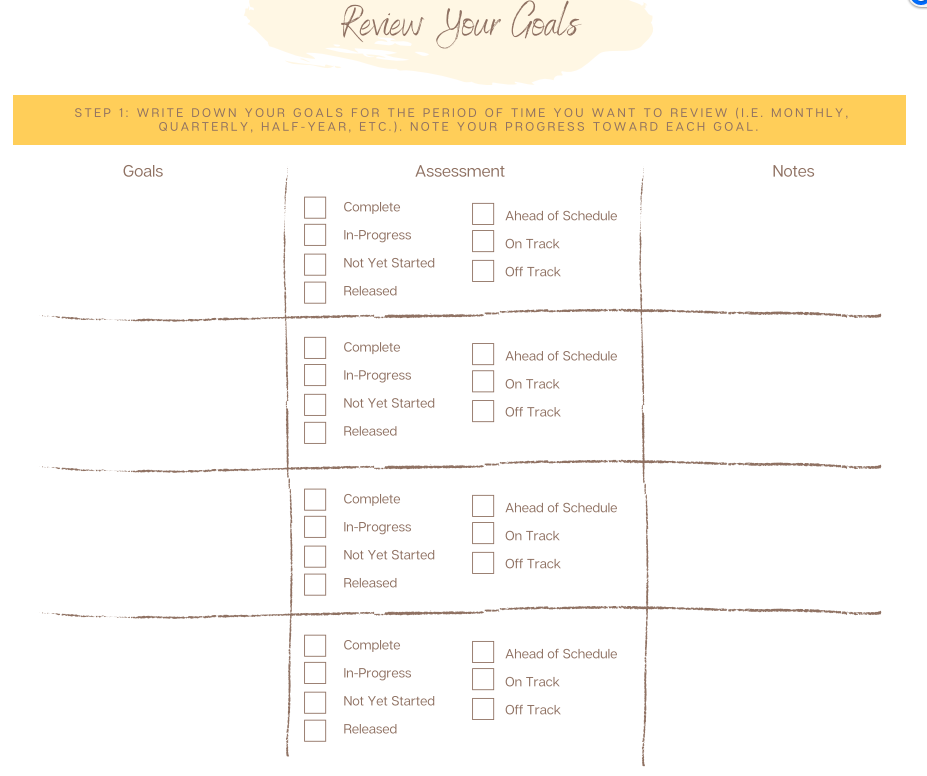
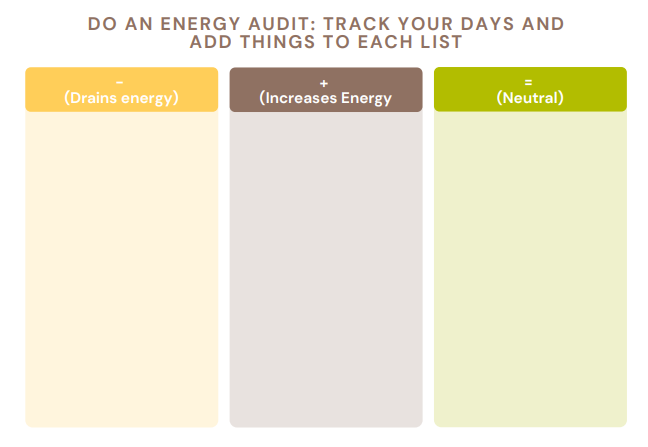
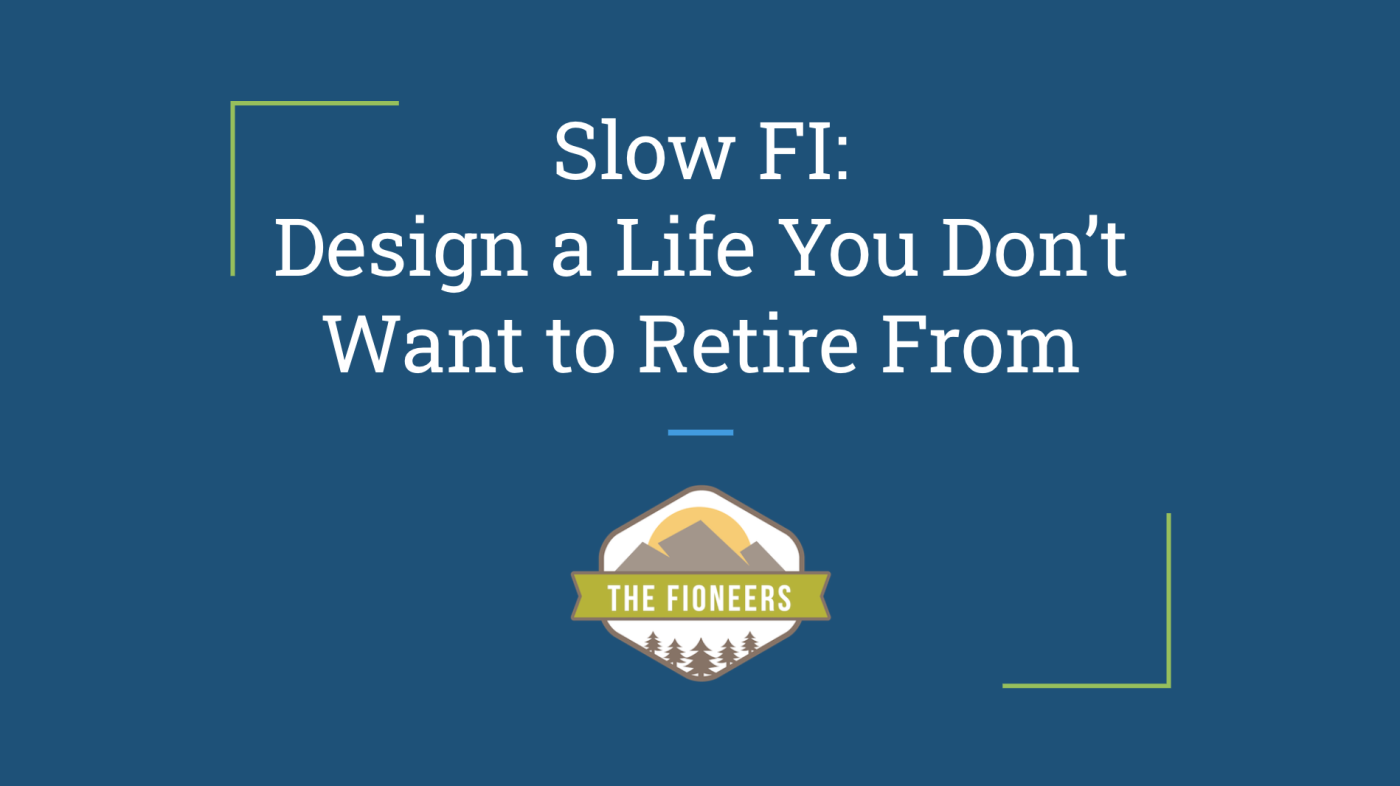
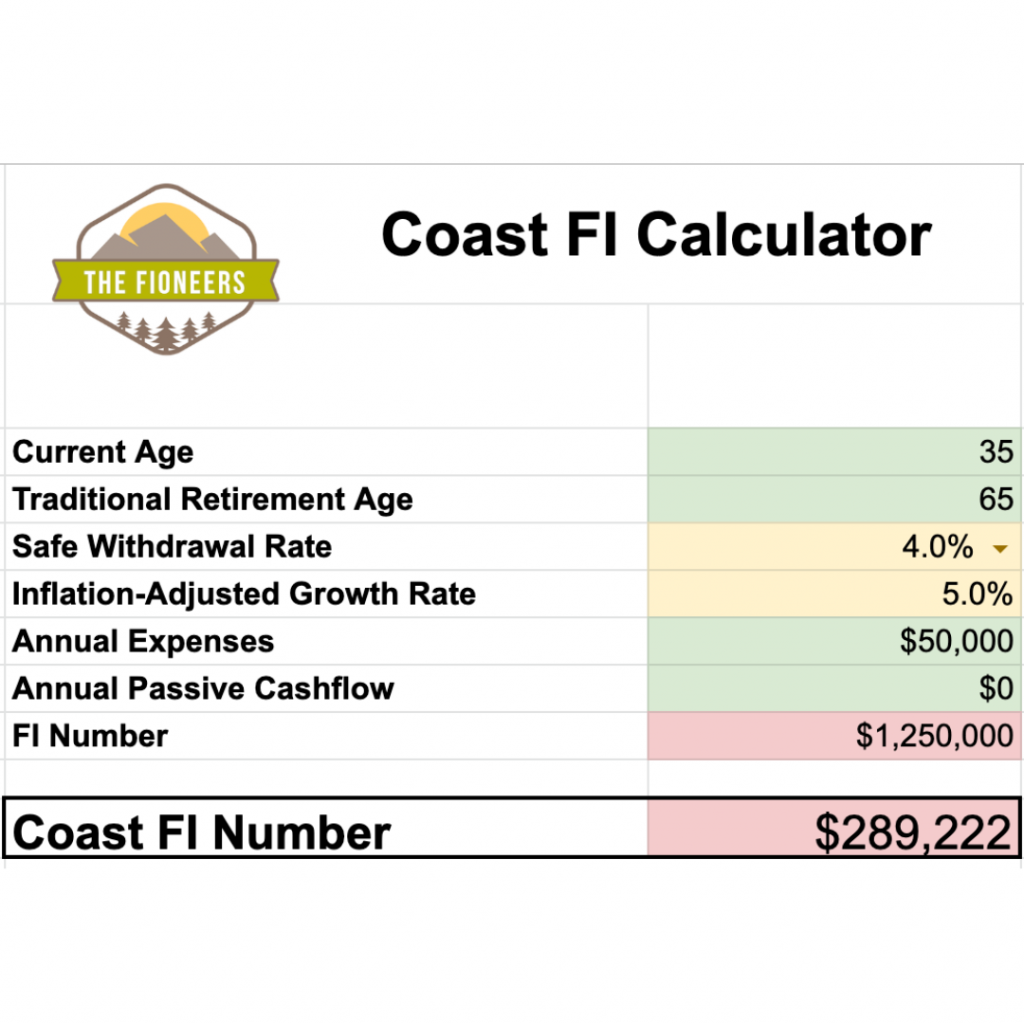



Good article. 1,000 square feet was a lot of space before the mcmansion era. Most single people or couples don’t need much more than that.
That is completely true! 1,000 meets our needs.
I love Ramit’s take on spending, his views have been eye opening for myself and have helped me overcome many of my own financial fallacies. It is interesting how many in the FIRE community progress from no financial discipline to full restraint to loosening of the pursestrings. I suppose it is all part of the process, but maybe newcomers can find a way to better moderate the second step. Thanks for spreading the word about spending intentionally, as I love reading posts on the subject.
Hi Olaf,
Thank you so much for your comment. We never went full-frugality when we first learned about FI. We went full frugality VERY early in our careers when we could barely make ends meet, and we weren’t going to do that again for any reason. 🙂 I hope we can inspire people to figure out a sustainable way of life for themselves.
Best,
Jess
I always love Ramit’s take on money.
At this stage in life convenience is absolutely a top priority, and travel low (reversal from my 20s, but kid + pandemic…)
That makes complete sense! You get to decide what you value at different times in your life!
“This turned into a virtuous cycle where spending less meant we could work less, which gave us more time to be intentional.”
We are all about being intentional with using our money and this statement really connected with us. It showed us the correlation between working and spending that is optimistic. That we give ourselves freedom instead of depriving ourselves of the things we want.
“Consider why you are spending money in an area that you say you don’t value.”
In the book Better Decisions, Fewer Regrets, one of the important questions to ask in your life is “Am I being honest with myself? really?” More important than the item itself or money is the reason behind the purchase. Buying may not be a solution but a temporary solution in the end.
Such a great article and an important topic! Intentional spending is our primary focus with spending and it’s taken years to get to the point of subconscious, intentional spending.
It’s not 100% of the time, but most of the time we’re able to know in a split second whether or not we should make the purchase. I think it started with cutting out little purchases, like convenience stores drinks and stuff like that, and then it moved into other areas.
Amazon was the main area we struggled in, but now my wife and I both review the cart at least a few times and only place an order once every other month or so. We do live overseas so a lot of the stuff we order comes from Amazon, but even those orders are intentional now.
I think luckily both my partner and I are fairly frugal. When I read Ramit Sethi, I think the biggest light bulb for us is to find categories where we’d actually be willing to be splurge.
When you come from a mindset of just being frugal 24/7 it can be hard to flip the light switch to say “no, I will spend more on X because I realistically it won’t make a difference regardless of whether or not I save here or not.” For me, those categories are:
– Health / safety. An example currently is Uber/Lyft instead of the train. Where I’m from, seems like it’s like every week or so someone is pushed down the tracks or stabbed, etc. And I only use transportation once a week. Spending an extra $17/week for actual (or even just the feeling) of extra safety is well worth it for me.
– Travel. I don’t travel much, so when I do it’s almost like a blank check when it comes to food, hotels, etc. We don’t go crazy and book presidential suites or anything, but we won’t look for the cheapest place to stay in either. It turns out the damage even for 2 people is under $4K for like a 2-week long trip a lot of times. It’s likely we unconsciously are just frugal so find ways to save during the trip somehow. But for me, travel are memories you’ll take with you forever, so splurging is OK here.